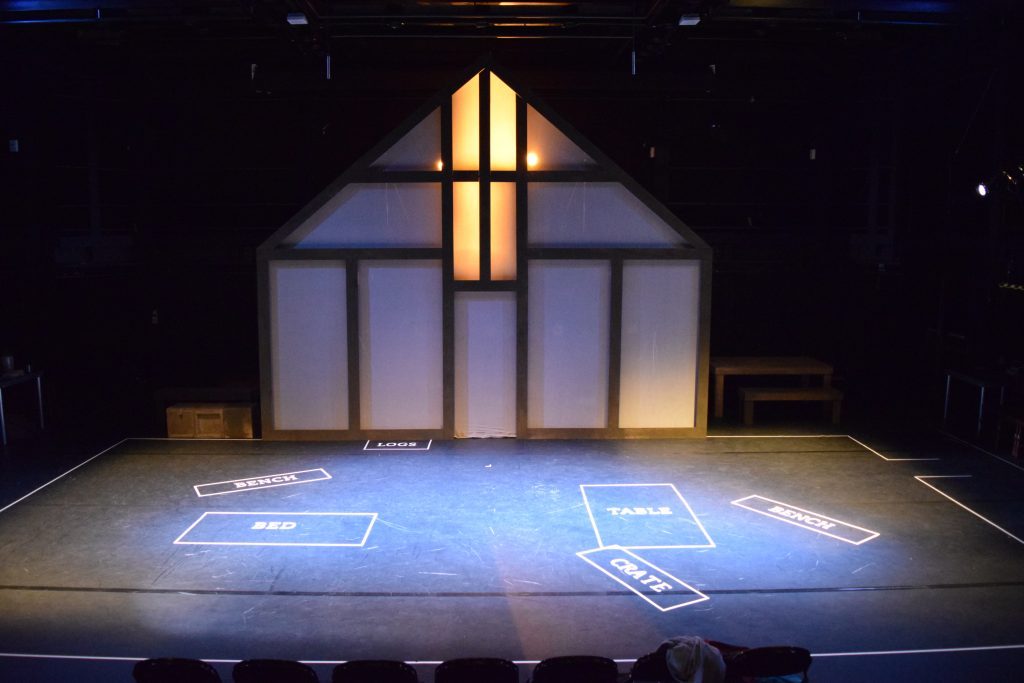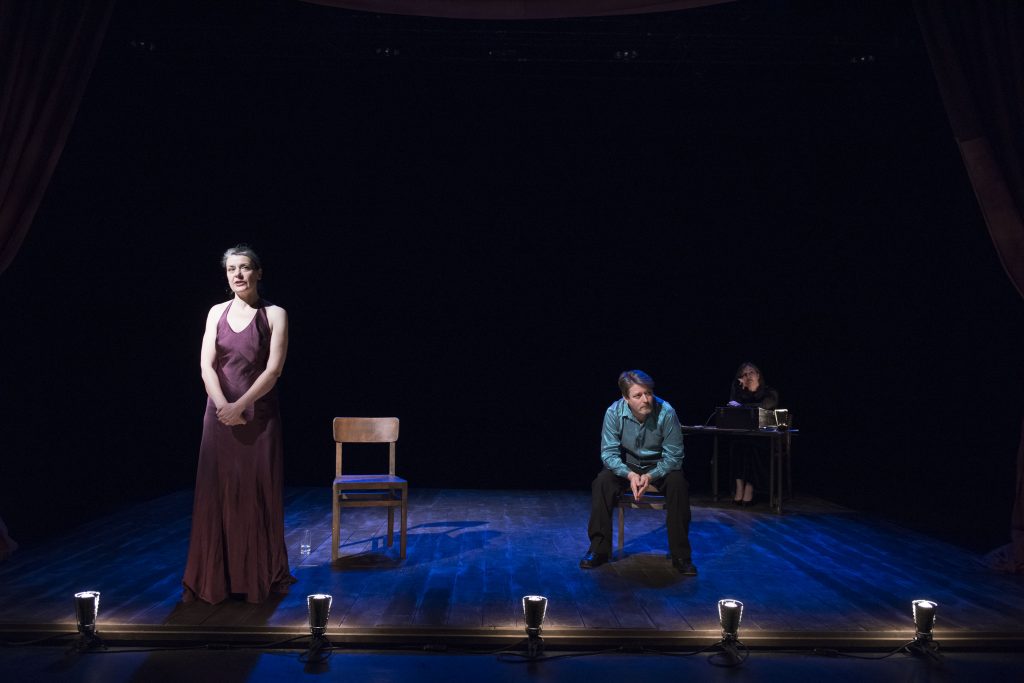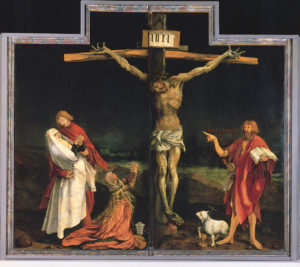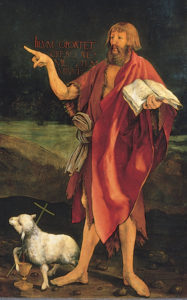Interview with Nadine Holdsworth
Nadine Holdsworth is Professor of Theatre and Performance at the University of Warwick. Her research has two distinct, but sometimes interconnected strands in Twentieth Century popular theatre practitioners and theatre and national identities in England, Scotland, Wales and Northern Ireland. She has worked particularly on Joan Littlewood and has written Joan Littlewood for the Routledge Performance Practitioners Series in 2006 and Joan Littlewood’s Theatre with Cambridge University Press in 2011.
Connections to the GCSE, AS and A level specifications
- Influence
- Significant moments in the development of theory and practice
- Social, cultural, political and historical context
- Innovations
- Key collaborations with other artists
- Methods of creating, developing, rehearsing and performing
- Theatrical style
- The relationship between actor and audience in theory and practice
PC: Stanislavski put a lot of emphasis on the idea of tempo/rhythm and again I see that in Littlewood’s work with Eurhythmics. Originally it was a theory for music, was music used in Theatre Workshop rehearsals? And how was it important in productions?
NH: Music became increasingly a part of productions, and songs certainly, when she started collaborating with Lionel Bart in Fings Ain’t Wot They Used T’Be. She used a jazz band, famously on A Taste Of Honey stage. I’m not sure about rehearsals, I’m not aware that they did, but I think that they must have done in terms of the movement work that Jean Newlove did. Newlove trained and worked with Laban and then she joined Theatre Workshop and became their principal movement teacher.
PC: Was she scouted because of her interest in Laban?
NH: She wasn’t scouted she turned up, from memory, to one of the workshops they did when they were in Ormesby Hall and she ended up getting together with Ewan MacColl and marrying him. So it was a personal, as well as a professional thing. But she got taken on for her connections with Laban and being able to do the movement training that Littlewood and MacColl were cobbling together themselves up to that point. Now they then had someone who was an expert to do it properly.
PC: Was she influenced by Brecht’s work?
NH: Not so much consciously. They did do a production of Mother Courage. They got the rights to do the British premiere of it, which was a disaster. He only gave the rights if she would perform Mother Courage because she did perform in the early days. She didn’t want to do it and she did a poor job. It was done in Barnstaple in Devon and that was it. So no not consciously, I think she found it quite cold, which I don’t necessarily agree with but she found it as an overly intellectual theatre.
PC: Interesting that that unfortunate perception of Brecht still stands for so many. Can we talk about specific actors? Who was her leading female actress?
NH: Avis Bunnage often took the main roles.
PC: And leading male actors?
NH: Harry H. Corbett, the son from the TV programme Steptoe and Son. He was married to Avis, in the early years they came as a package. Richard Harris started off doing Theatre Workshop stuff as well. Howard Goorney who wrote The Theatre Workshop Story was always in those early pieces and trained as part of the company, I think he was part of the 1930s group and stayed all the way along. Murray Melvin, was Geoff in A Taste Of Honey and he was in Oh What A Lovely War. He is still the archivist at the Theatre Royal, Stratford East now.
PC: How important is improvisation as part of process in Littlewood’s work?
NH: Improvisation was used as a way of trying to make things real in performance. For A Taste of Honey she had Avis Bunnage and Frances Cuka walking around the theatre for hours carrying really heavy suitcases, getting them to improvise arguing with landlords and landladies, getting wet, waiting for buses, you know, arriving places, getting closed doors, moving on. Then they started working on the opening scene when they arrive in the bedsit. So they used improvisation as a way of getting to a truth, a realness on stage. So that was in the preparation for performance.
PC: These long preparatory improvisations to reach a truth, a realness, have parallels with Grotowski and his via negativa approach.
NH: Clive Barker, who was part of Theatre Workshop and wrote the book Theatre Games, talks about her using via negativa as well. Try this, try this. Never try it LIKE this. Try it again, try it again until you find the right moment. He linked that to Grotowski. That doesn’t necessarily suggest that it was a direct influence but it was a similar use of the technique.
PC: Did she feel that she had to strip over-trained actors back for them to be able to perform in her work?
NH: She just wouldn’t take them.
PC: So she knew the type of person that would be able to do it. What were the actors reactions to the continuous training?
NH: They completely bought into it initially. The initial company were an ensemble, they wanted to train and they wanted to work in this different way: they were a merry band of brothers: joining together with a common purpose. I think later on at the Theatre Royal, Stratford East it became quite a shock for actors coming in because she wouldn’t want to do a traditional audition process. Murray Melvin tells a lovely story of coming into audition for her and she said “Do you have your speeches prepared? Yeah. Do you want to do them? No. Let’s not bother then just tell me a story.” For her it was about courage. Another actor tells a story about her throwing a script at them and saying, “Right I want you to read all the parts. What? But I want to read the part… No I want you to read all of them: men women, children old men, young women” And he did and felt ridiculous and probably looked ridiculous but her response was “well if you can do that and you’re prepared to make a fool of yourself then you’d probably be a very good actor.” Another well known story is of Barbara Windsor meeting the cleaner scrubbing the steps of the Theatre Royal: they were chatting, then it turned out the cleaner was Joan Littlewood and she got the job at that moment. There are loads of great stories! Victor Spinetti who was the MC in OH What A Lovely War, she picked him, after he was compering in a strip joint. So she picked people up in strange places. She’s not going to go and pick up someone who’s RADA trained. She was more likely to go and get people from the variety or the clubs. She wanted actors with that curiosity and a willingness to play and take risks. If you weren’t prepared to do some training then what was the point? The spirit of experimentation was important.
Summary
- Music was an important part of performance and rehearsals.
- They got the rights to do the British premiere of Brecht’s Mother Courage but it was a disaster. She found Brecht rather cold and overly intellectual.
- Improvisation was used as a way of trying to make things real in performance.
- The initial company were an ensemble, they wanted to train and they wanted to work in this different way.
- Littlewood made sure she got the actors she wanted by searching strange places and conducting unconventional auditions.




